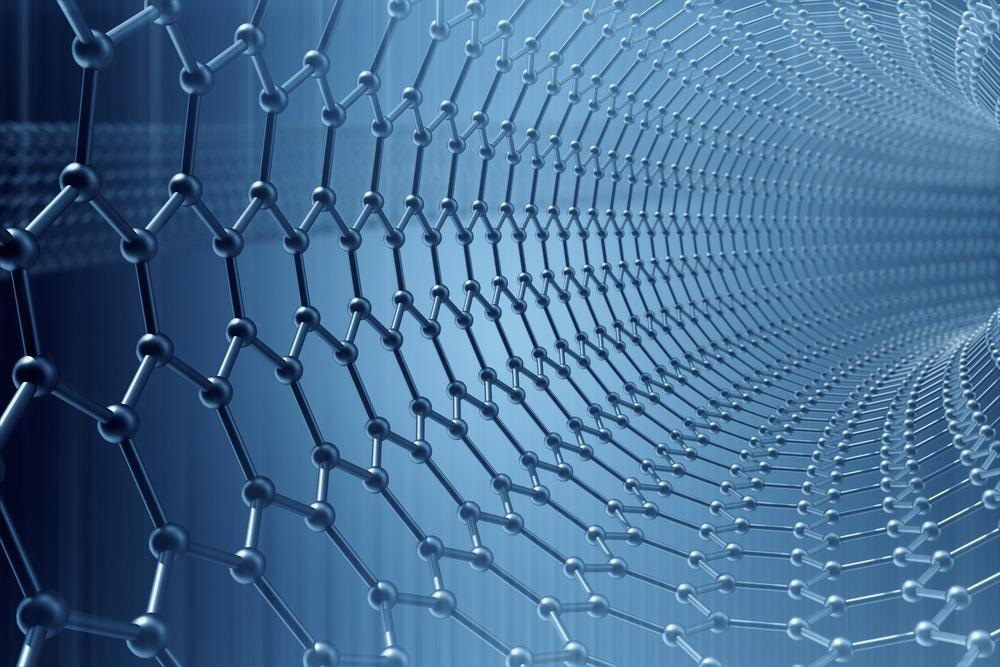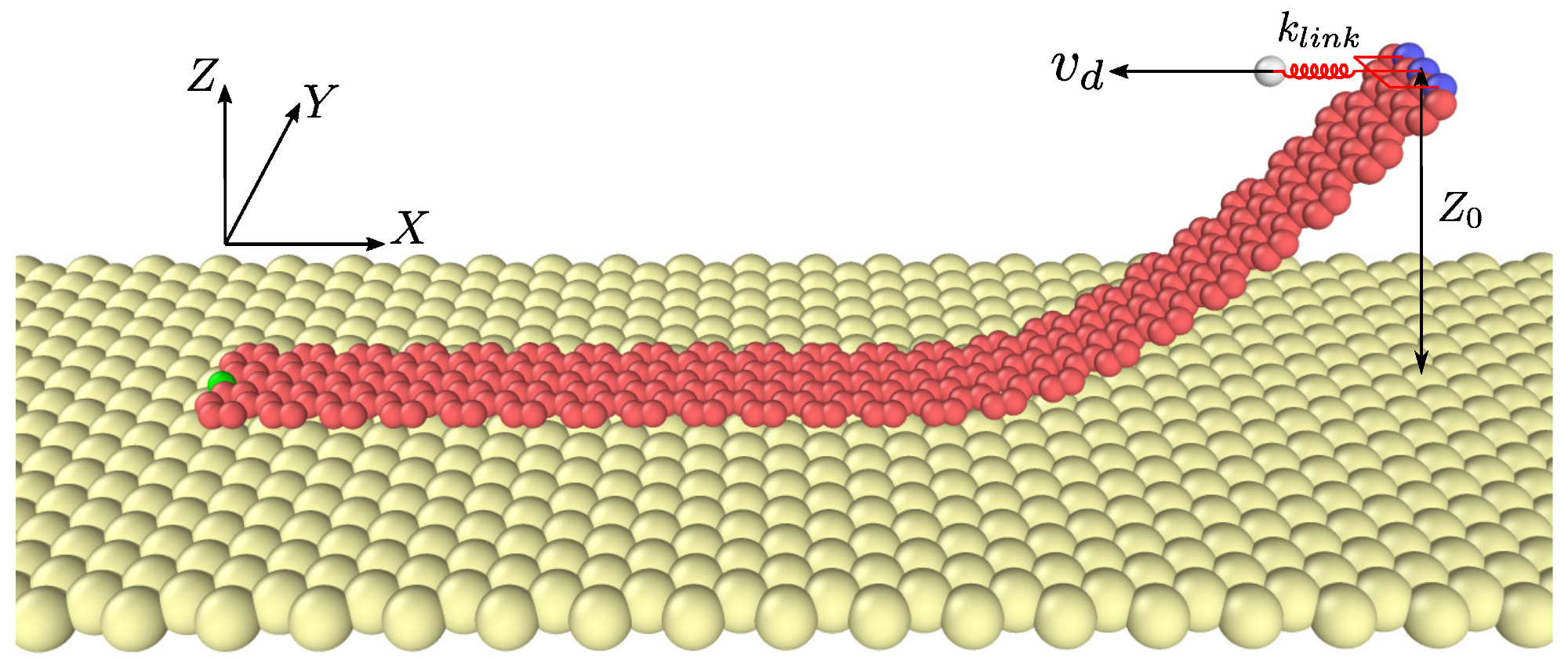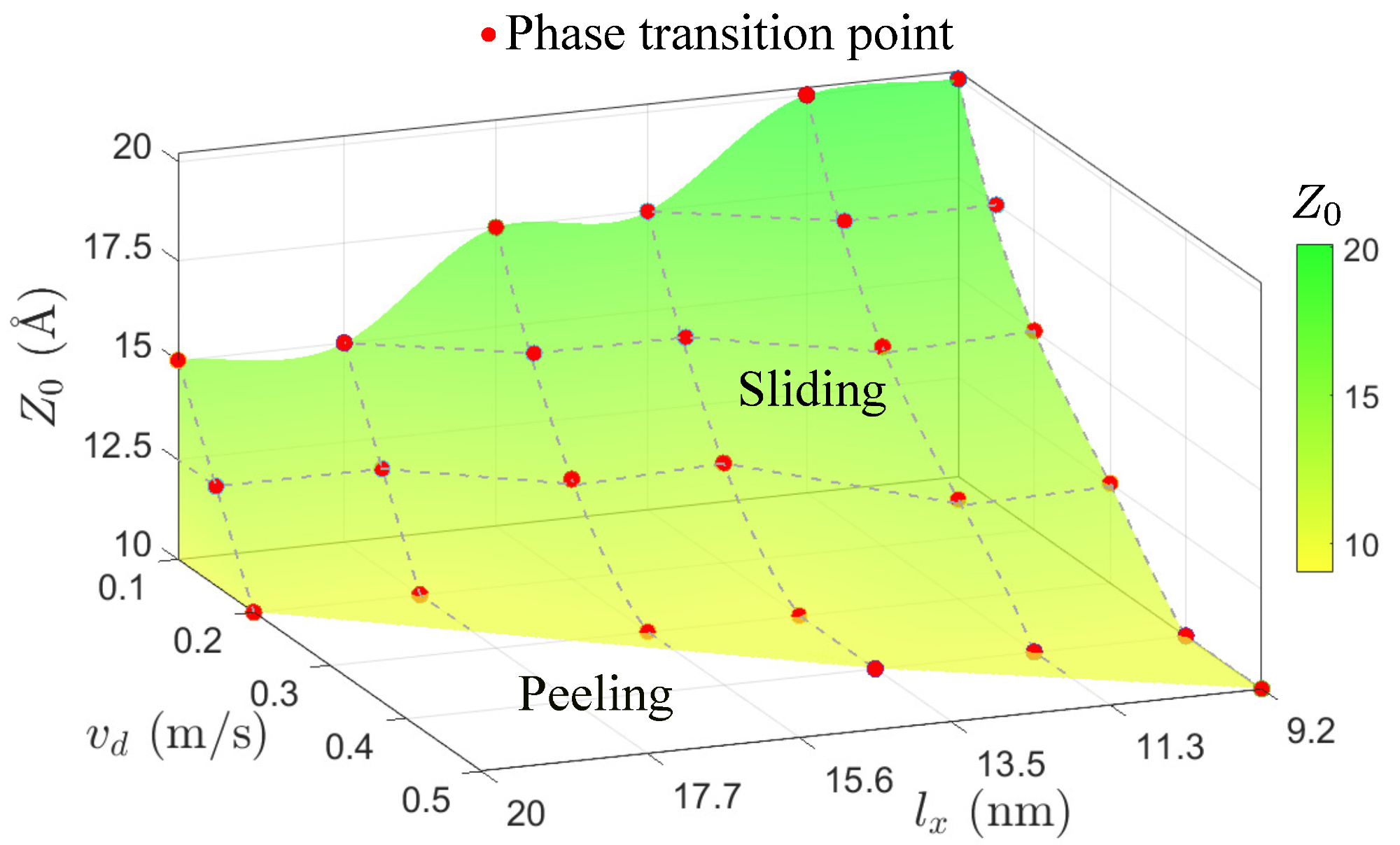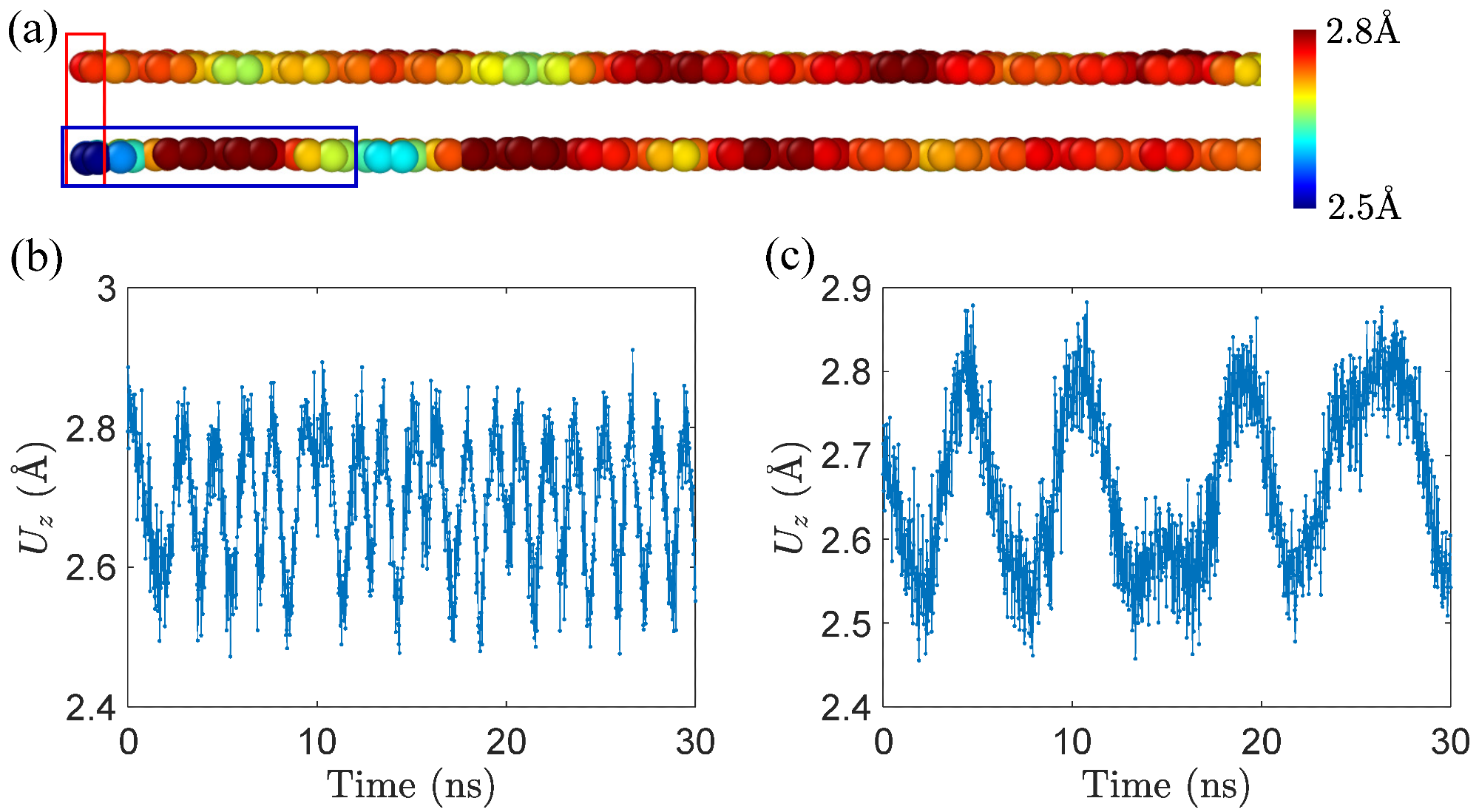 By Surbhi JainReviewed by Susha Cheriyedath, M.Sc.May 6 2022
By Surbhi JainReviewed by Susha Cheriyedath, M.Sc.May 6 2022In an article recently published in the open-access journal Materials, researchers discussed the peeling and sliding of graphene nanoribbons under horizontal drag.

Study: Competition between Sliding and Peeling of Graphene Nanoribbons under Horizontal Drag. Image Credit: Rost9/Shutterstock.com
Background
Graphene nanoribbons (GNRs) have received a lot of attention recently as a type of carbon nanomaterial. GNRs offer even more unique features due to their large aspect ratio in addition to the superb physical and mechanical qualities of ordinary graphene. As a result, GNRs have found widespread application in biosensing, electrode materials, nanoelectronics, and other fields.
Many significant properties are related to the interface and surface due to their two-dimensional characteristics. While complicated mechanical responses may arise after GNR manipulation, intriguing relationships between diverse mechanical responses are still unknown.

Schematic of the computational model. GNR is horizontally dragged by imposing a speed vd to the virtual atom connecting to the atoms (in blue color) at the lifted side, using a linear spring of stiffness klink=1.5 N/m. The lifting height Z0 remains unchanged during the dragging process, and we record the motion of the green atom. Image Credit: Fabri, G et al., Materials
About the Study
In this study, the authors investigated the complicated coupling behaviors of GNR sliding and peeling under horizontal drag. The effects of dragging velocity, length, lifting height, and orientation of GNRs on their corresponding mechanical behaviors were examined using molecular dynamics simulation.
The team determined the coupling behavior of sliding and peeling of GNRs on a gold (Au) substrate under horizontal drag based on molecular dynamics simulations with a range of beginning conditions. A phase diagram was used to analyze the dragging velocity, lifting height, and length of the GNRs on the peeling/sliding interplay. The peeling and sliding behaviors of GNRs were evaluated when they were subjected to horizontal drag. Furthermore, a phase diagram of sliding and peeling behaviors was developed.
The researchers investigated GNR sliding and peeling by dragging the elevated side on a gold substrate at a constant speed vd. The width of GNRs was set to 0.7 nm in molecular dynamics simulations, wherein the length lx ranged from 9.2 nm to 20 nm. The GNR long axis was parallel to the Au [1, -2, 1] crystallographic direction in its initial position relative to the structure of the substrate lattice. The height of the raised side, Z0 = 1~3 nm, was adjusted to see how lifting height affected mechanical behavior. Furthermore, the effects of initial conditions on the mechanical responses were investigated.

Phase diagram of sliding and peeling responses. With the rise of lx and vd, peeling behavior becomes energetically favorable. Image Credit: Fabri, G et al., Materials
Observations
The displacement–time curves of the virtual atom and the tail atom in five cases with Z0 ranging from 1 to 2 nm overlapped, which indicated that GNR movement in these circumstances was sliding rather than peeling. The behavior of GNR switched from sliding to peeling when the lifting height Z0 was greater than 10 Å, and the dragging velocity vd increased.
The difference between sliding and peeling behaviors could be quantified by comparing the virtual atom's displacement to that of the tail atom. The orientation of GNRs on the Au substrate had no effect on the phase transition points between sliding and peeling behaviors. It was discovered that as the lifting height Z0, dragging velocity vd, and length lx increased, the motion of GNRs changed from sliding to peeling
It was revealed that the peeling response was caused by the long-term sinking of the tail atoms. The decrease in sliding velocity induced by the sinking of tail atoms was determined to be the source of the peeling phenomenon. The sinking of tail atoms was found to be a stable geometric arrangement, which resulted in a decrease in GNR sliding velocity and hence the peeling reaction. It was determined that understanding GNRs' sliding and peeling behaviors could aid in the effective management of mechanical motion as a tool for measurements and characterization of low-dimensional material properties, as well as to guide the building of nanostructures like GNRs arrays utilized in optics.

The sinking of tail atoms. (a) two morphologies of tail atoms in GNRs under horizontal drag. The upper one is in the sliding process, while the lower one is in the peeling process. The color bar shows the distance from the substrate. We compute the LJ potential energy of atoms in the blue box that forms a moiré pattern. (b,c) variations of Uz of tail atom in a GNR with lx∼ 20 nm. (b) vd = 0.2 m/s and Z0 = 10 Å, sliding behavior; (c) vd = 0.4 m/s and Z0 = 17.5 Å, peeling response. Image Credit: Fabri, G et al., Materials
Conclusions
In conclusion, this study showed that when the lifting height of GNRs was kept relatively low, horizontal dragging of the lifting end of GNRs maintained the geometric configuration and caused GNRs to simply slide on the substrate, whereas when the lifting height was increased, the motion of GNRs changed to peeling. Such a sliding/peeling transition necessitated a complex rivalry in the interim.
The authors suggested that the findings of this study will not only contribute to a better understanding of the origin and mechanism of GNR mechanical responses, but they may also help guide precise nanomanipulation of low-dimensional interfaces. They also believe that the obtained results will contribute to a better understanding of the mechanisms causing varied mechanical responses in GNRs and could be potentially used to guide precise modifications of micro surfaces and interfaces.
Disclaimer: The views expressed here are those of the author expressed in their private capacity and do not necessarily represent the views of AZoM.com Limited T/A AZoNetwork the owner and operator of this website. This disclaimer forms part of the Terms and conditions of use of this website.
Source:
Fabri, G., Ometto, A., Villani, M., et al. Competition between Sliding and Peeling of Graphene Nanoribbons under Horizontal Drag. Materials 15(9) 3284 (2022). https://www.mdpi.com/1996-1944/15/9/3284.